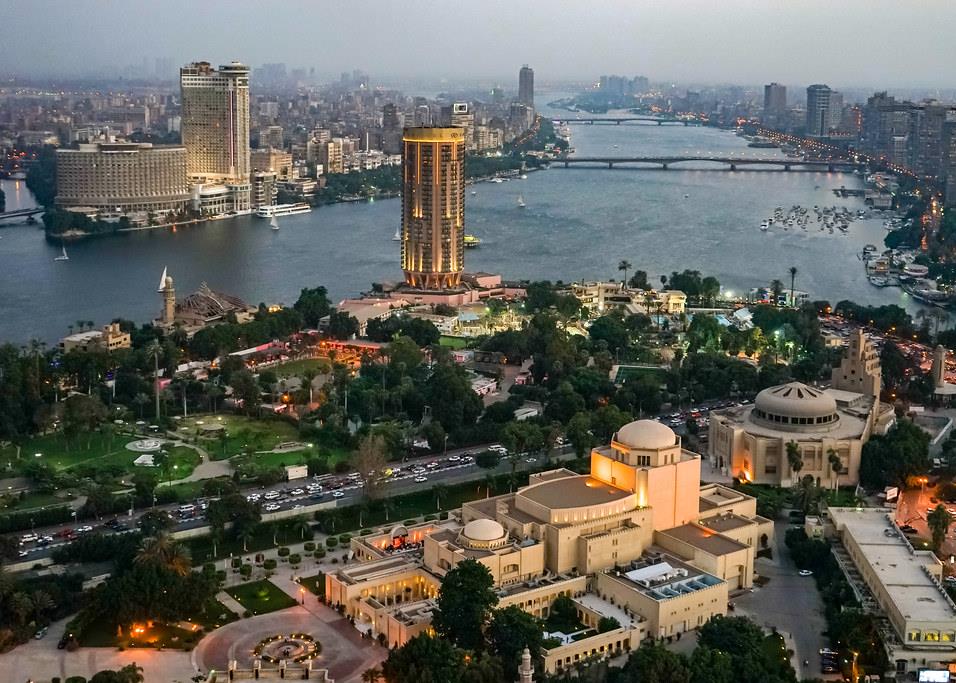
Despite the global downturn in container traffic, the Omani port operator is forecasting growth
Structure
Salalah Port Services Company (SPS) is a publicly listed Omani company that employs more than 2,000 people. Its largest single shareholder is APM Terminals, a subsidiary of Danish shipping conglomerate AP Moller-Maersk Group, which holds a 30 per cent equity stake.
A further 20 per cent is listed on the Muscat Securities Market. The remaining 50 per cent is Omani-owned, divided between a government holding of 20 per cent, 11 per cent held by government pension funds and 19 per cent by local private investors. The company has a market capitalisation of OR114.02m ($296m).
“Support from the Central Bank of Oman has allowed projects to continue without defaulting”
Formed in 1997, SPS holds the 30-year concession until 2029 to develop and manage the Port of Salalah. One of the Arab world’s most successful public-private partnerships, it transformed what had become a sleepy fishing village into the GCC’s third-largest trans-shipment hub after the UAE’s Port of Jebel Ali and Saudi Arabia’s Jeddah Islamic Port. In 2008, Salalah was the world’s 38th busiest container port.
Operations
The Port of Salalah lies 870 kilometres southwest of Muscat and 150km from major shipping lanes that carry traffic between Asia and Europe. With an 18-metre draft that can accommodate the world’s largest container ships, Salalah principally handles ship-to-ship transfers of containers, using a network of feeder vessels to serve ports across the Middle East, East Africa, the Indian subcontinent and the Indian Ocean Rim.
The port opened in 1998 with two berths with capacity to handle 1 million 20-foot-equivalent units (TEUs), before adding a further 2.5 million TEUs with the opening of berths three and four. It added berths five and six in 2006 and 2008 respectively, with capacity for a further 2 million TEUs. In 2008, throughput reached 3 million TEUs and SPS expects annual growth of 10-12 per cent in 2009, despite the downturn in world trade that will force most ports to report falling container volumes this year.
While global trans-shipment dominates Salalah’s container traffic, the port is building capacity for domestic cargo, too. SPS’ concession includes a 200,000-square-metre general cargo terminal, which handled more than 3 million tonnes of cargo in 2008.
Ambitions
With double-digit growth recorded in regional container volumes between 2003 to 2008, Salalah had come dangerously close to reaching its full capacity. In early 2008, it seemed likely that Salalah would struggle to meet demand without immediate expansion and SPS signed a memorandum of understanding with the government of Oman for a further expansion phase to add three more container berths by 2012.
Two of the three new berths will be developed as a 50:50 joint venture with one of the world’s largest shipping lines, Singapore-owned APL, which wants its own dedicated berths at Salalah. Between them, berths seven, eight and nine, which will operate together as Terminal Two, will increase Salalah’s capacity to nearly 8 million TEUs a year.
Initially, the APL berths were scheduled for construction by 2011. But the global trade slump has forced the port to review its deadlines. In October, designs for the masterplan were finalised, outlining the most efficient and cost-effective ways to add capacity when it is required. But construction of Terminal Two will only begin once utilisation of Salalah’s existing capacity returns to 75-80 per cent of capacity. Utilisation is currently about 70 per cent.
Beyond the construction of Terminal Two, Salalah’s masterplan includes provision for new container capacity at a site north of the existing port. In the medium term, SPS expects to expand Salalah’s capacity to 15-20 million TEUs before the concession ends in 2029.
Company snapshot
Date established: 1997
Main business sectors: Port management
Main business regions: Middle East, Indian Ocean and Africa
Chief executive officer: Martijn van de Linde
Meanwhile, SPS wants to diversify Salalah’s cargo base, expanding liquid and dry bulk capacity to support the Salalah Free Zone, an industrial centre exporting aggregates, bulk -liquids and petrochemicals products.
In 2011, Salalah will open four new general cargo berths to handle up to 2 million tonnes of bulk and aggregates and a new liquid bulk jetty to handle up to 3 million tonnes of methanol, caustic soda and other cargo. It will also complete a 260-metre-long terminal for ferries and cruise vessels.
Salalah could soon overtake Jeddah to become the second-largest container port in the GCC. In 2008, Salalah handled 3 million TEUs, second to Jeddah’s 3.3 million – but Jeddah is unlikely to match that volume this year.
Salalah Port Services Profile
You might also like...

Red Sea Global awards Marina hotel infrastructure
18 April 2024

Aramco allows more time to revise MGS package bids
18 April 2024

Morocco tenders high-speed rail project
18 April 2024
A MEED Subscription...
Subscribe or upgrade your current MEED.com package to support your strategic planning with the MENA region’s best source of business information. Proceed to our online shop below to find out more about the features in each package.





